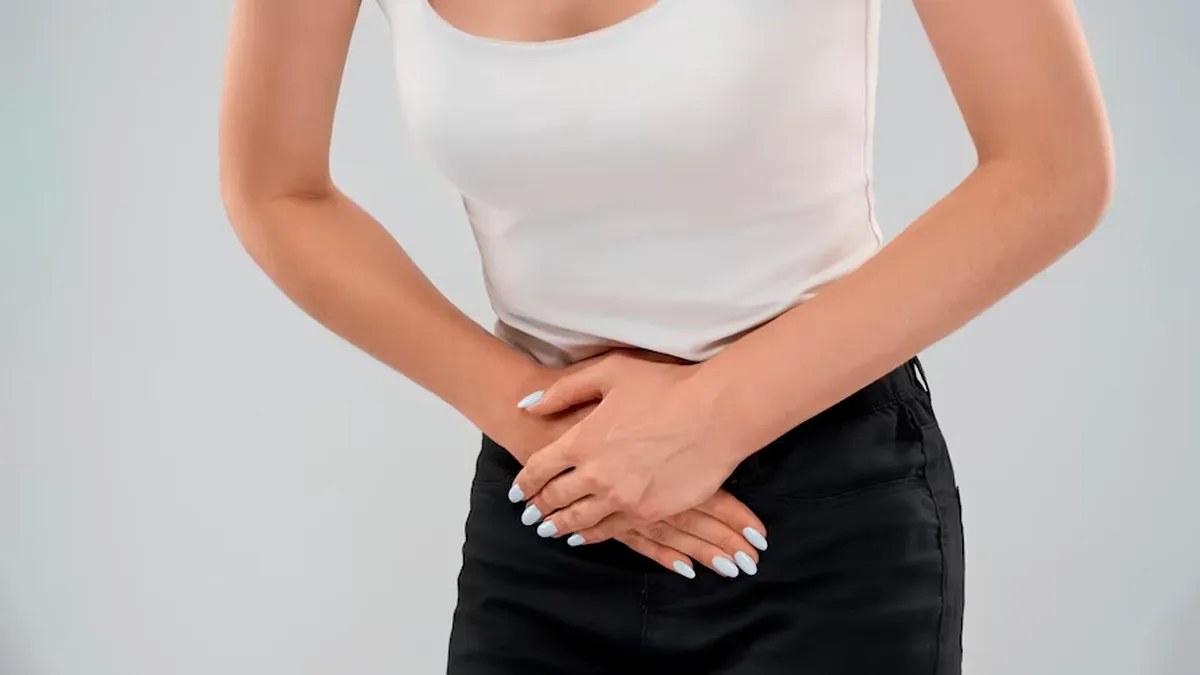Honeymoon cystitis, a term that paints a picture of romance, can unfortunately bring discomfort and pain. This condition, a type of urinary tract infection (UTI), frequently affects women shortly after they become sexually active, particularly during the honeymoon phase. It’s crucial to understand this condition, its causes, symptoms, and how to effectively manage and prevent it. Knowledge and proactive measures are key to enjoying a healthy and comfortable intimate life.
What is Honeymoon Cystitis
Honeymoon cystitis is essentially a UTI that occurs after sexual activity. It’s characterized by inflammation of the bladder, caused by bacteria entering the urethra. This often happens due to the friction during intercourse, which can push bacteria from the vaginal area into the urinary tract. It’s a common issue, affecting many newly married or sexually active women, and understanding its origins is the first step toward prevention and treatment.
Common Causes of Honeymoon Cystitis
The primary cause of honeymoon cystitis is bacterial infection, typically from bacteria like E. coli, which commonly reside in the bowel. These bacteria can be introduced into the urethra during sexual intercourse. Several factors increase the risk including the frequency of sexual activity, inadequate hygiene, and individual susceptibility to UTIs. Understanding these causes helps in adopting preventive strategies.
How Sexual Activity Contributes
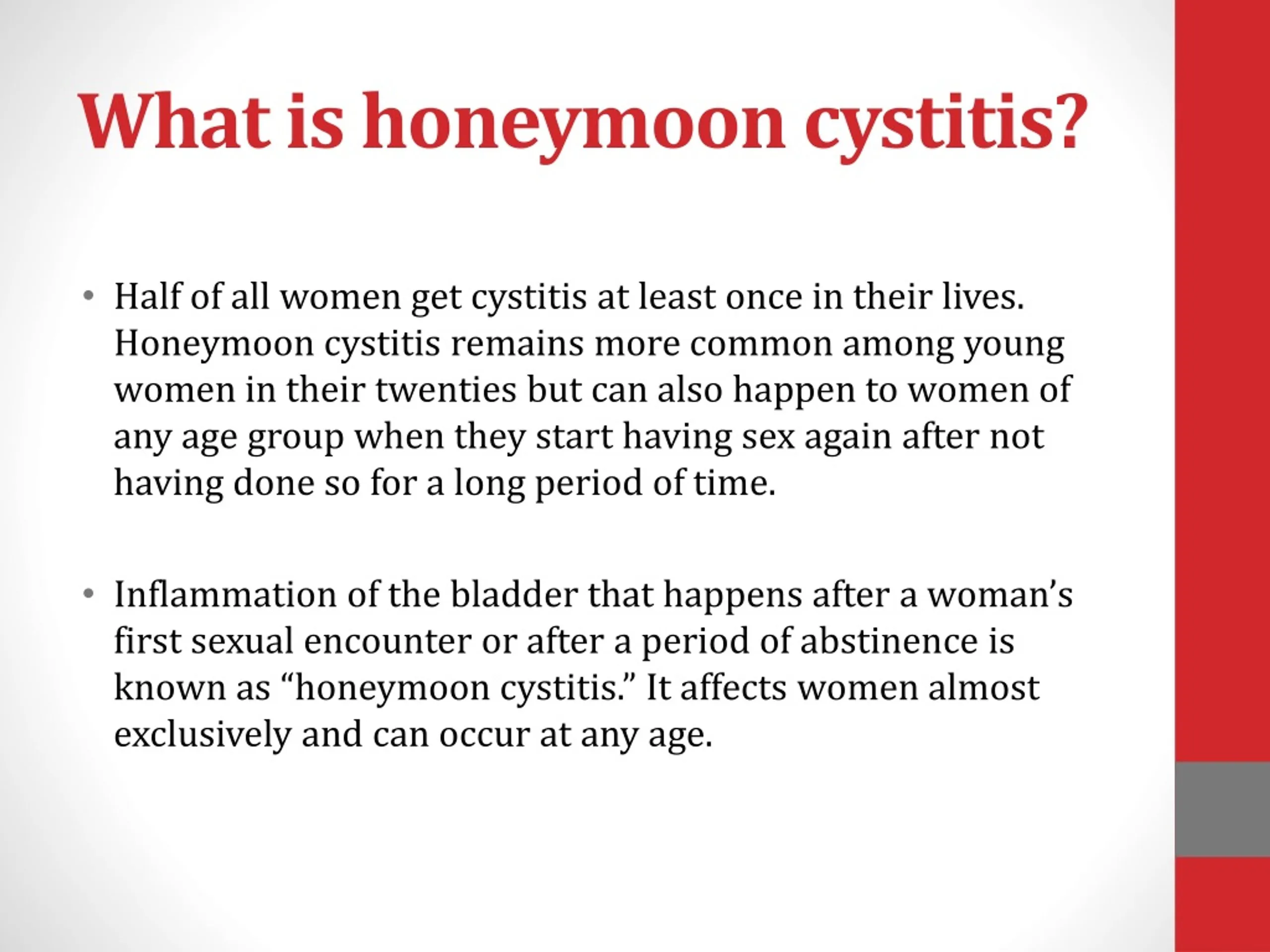
Sexual activity can significantly contribute to the development of honeymoon cystitis. During intercourse, the urethra can be irritated, and bacteria can be pushed into the bladder. The act itself creates a pathway for bacteria to enter. The frequency and intensity of sexual activity, coupled with insufficient hygiene practices, can escalate the risk. Being aware of the mechanical aspects of sexual activity and their impact is vital for prevention.
Importance of Hygiene Practices
Good hygiene is a cornerstone in preventing honeymoon cystitis. This includes wiping from front to back after using the toilet to prevent bacteria from the anal area from entering the urethra. Regular washing of the genital area, especially before and after sexual activity, can reduce the risk of infection. Using gentle, unscented soaps and avoiding harsh feminine hygiene products are also advisable.
Top 5 Symptoms of Honeymoon Cystitis
Recognizing the symptoms of honeymoon cystitis is crucial for timely intervention. The following are the top five symptoms to watch out for, enabling prompt treatment and relief. If you experience any of these symptoms, it’s essential to consult with a healthcare professional.
Frequent Urination
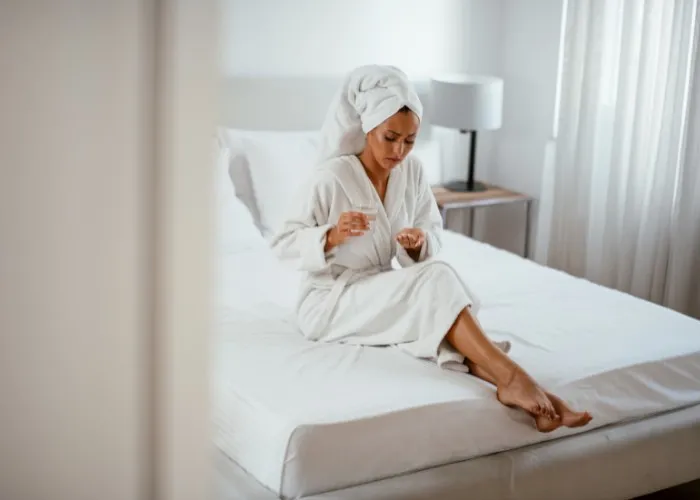
One of the most common symptoms is a frequent, urgent need to urinate. Even if you only pass a small amount of urine each time, the sensation of needing to go to the bathroom frequently can be quite disruptive. This is due to the bladder’s inflammation, which causes it to send signals to the brain, creating the urge to urinate.
Burning Sensation When Urinating
A burning sensation during urination is another hallmark symptom. This pain or discomfort can range from mild to severe and is a direct result of the urethra being irritated by the infection. It often makes urination a painful experience, leading to further discomfort and distress.
Cloudy or Strong-Smelling Urine
The urine may appear cloudy, reflecting the presence of bacteria and white blood cells fighting the infection. A strong or unusual odor can also be present. These changes in the urine’s appearance and smell can be indicators of an underlying infection and should not be ignored.
Pelvic Discomfort

Some women experience pelvic discomfort or pressure, which can manifest as pain in the lower abdomen. This can feel like a dull ache or a more pronounced throbbing sensation. This pain is usually associated with the inflammation of the bladder.
Fatigue and General Malaise
Feeling tired, weak, and generally unwell is another symptom. The bodyu2019s immune system works hard to combat the infection, leading to fatigue. This feeling can make it difficult to perform daily activities and reduce overall well-being. Rest and proper hydration are crucial during this time.
Seeking Medical Help
It is important to know when to seek medical help for honeymoon cystitis. Early diagnosis and treatment can prevent the infection from worsening and causing complications. Healthcare professionals can provide the right diagnosis and treatment to ensure a quick recovery.
When to Consult a Doctor

If you experience any of the symptoms described, especially if they are severe or persistent, itu2019s essential to see a doctor. Also, if you notice blood in your urine, have a fever, or experience flank pain (pain in your side or back), seek medical attention immediately. Prompt action can prevent the infection from spreading to the kidneys.
Diagnostic Methods Used
Doctors diagnose honeymoon cystitis primarily through a urine test (urinalysis). This test checks for the presence of bacteria, white blood cells, and red blood cells in the urine. A urine culture may also be performed to identify the specific bacteria causing the infection, enabling targeted antibiotic treatment. In some cases, a physical examination may be performed.
Treating Honeymoon Cystitis
Treatment for honeymoon cystitis typically involves antibiotics, along with home remedies to alleviate symptoms. It is important to follow the doctor’s instructions closely and complete the full course of antibiotics, even if the symptoms improve. This section covers the primary treatments and self-care strategies.
Antibiotic Treatment
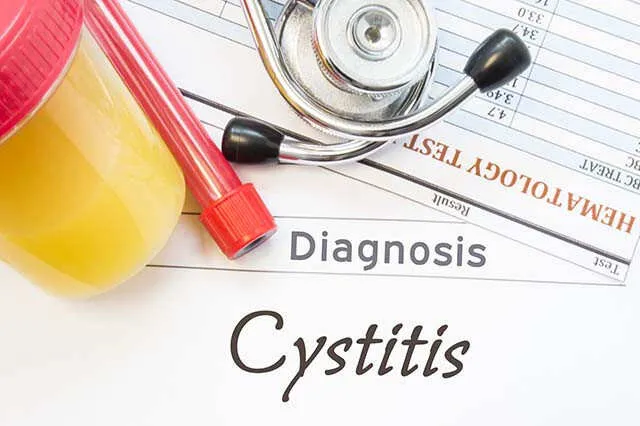
Antibiotics are the cornerstone of treatment for honeymoon cystitis. The specific antibiotic prescribed will depend on the type of bacteria identified in the urine culture. It is crucial to complete the full course of antibiotics, as prescribed by your doctor, even if your symptoms start to improve. This ensures that the infection is completely eradicated and reduces the risk of recurrence or antibiotic resistance.
Home Remedies and Self-Care
Alongside antibiotics, home remedies can provide symptom relief. Drinking plenty of water helps flush out bacteria from the urinary tract. Over-the-counter pain relievers can help manage pain and discomfort. Applying a heating pad to the lower abdomen can also provide relief. Avoiding irritants, such as caffeine and alcohol, may also help.
Preventing Honeymoon Cystitis
Prevention is key to avoiding the discomfort of honeymoon cystitis. Certain lifestyle changes and practices can significantly reduce the risk of developing UTIs. Understanding and implementing these preventive measures can help maintain a healthy and comfortable lifestyle.
Post-Coital Hygiene
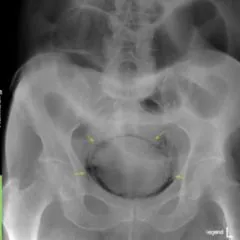
Good hygiene after sexual activity is essential. Urinating after intercourse helps flush out any bacteria that may have entered the urethra. Washing the genital area gently can also reduce the risk of infection. Wiping from front to back after using the toilet is also recommended to avoid introducing bacteria from the anal area.
Staying Hydrated
Drinking plenty of water is vital for preventing UTIs. Adequate hydration helps flush out bacteria from the urinary tract. Aim for at least eight glasses of water a day, especially during times of increased sexual activity. Staying hydrated supports overall health and can reduce the frequency of infections.
Urination After Sex
Urinating after intercourse is one of the most effective preventive measures. This helps flush out any bacteria that may have entered the urethra during sexual activity. Make it a regular part of your routine to urinate after each sexual encounter. This simple step can significantly reduce your risk of developing honeymoon cystitis.
In conclusion, honeymoon cystitis is a common but manageable condition. By understanding its causes, recognizing its symptoms, and taking proactive steps in prevention and treatment, you can ensure a healthy and comfortable experience. Prioritizing hygiene, staying hydrated, and consulting with a healthcare professional are essential for managing and preventing this condition. Remember, knowledge is power, and taking the right steps will protect your well-being and enjoyment.
